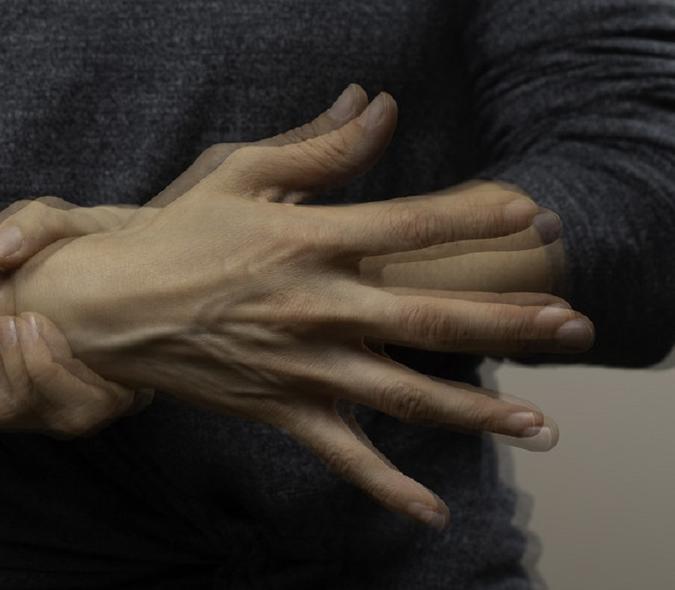
PM&R physician offers potential relief for tinnitus sufferers
According to the National Institutes of Health (NIH), tinnitus is commonly described as a ringing in the ears, but it also can sound like roaring, clicking, hissing, or buzzing. It may be soft or loud, high- or low-pitched. You might hear it in one or both ears. Roughly 10 percent of the adult population of the United States has experienced tinnitus lasting at least five minutes in the past year. This amounts to nearly 25 million people.
The NIH noted that tinnitus (pronounced tin-NY-tus or TIN-u-tus) is not a disease. “It is a symptom that something is wrong in the auditory system, which includes the ear, the auditory nerve that connects the inner ear to the brain, and the parts of the brain that process sound. Something as simple as a piece of earwax blocking the ear canal can cause tinnitus. But it can also be the result of a number of health conditions, such as:
- Noise-induced hearing loss
- Ear and sinus infections
- Diseases of the heart or blood vessels
- Ménière’s disease (a disorder of the inner ear)
- Brain tumors
- Hormonal changes in women
- Thyroid abnormalities.

May come wth migraine
Tinnitus is also a comorbidity of migraine headaches. When physiatrist Stephanie Standal (pictured here), MD, sees migraine patients in her clinics in Minneapolis and Woodbury, MN, she will often also treat them for tinnitus.
There aren’t many Physical Medicine and Rehabilitation (PM&R) doctors who treat the annoying condition. “Patients would usually go to an Ear, Nose and Throat specialist,” said Dr. Standal. Her long-term mentor and former Rehabilitation Medicine Department Head Dennis Dykstra, MD, pioneered injecting Botox into the muscles around the ear to help treat tinnitus when it co-occurred with migraine. “He found that it helped a lot,” said Dr. Standal.
When she is working with patients who have tinnitus as a comorbidity, she tells them that the botulinum toxin injections are a focal treatment for a focal problem. “The botulinum toxin won’t travel throughout their body and create potential side effects like other medications do,” Dr. Standal explained. “That resonates with people because by the time they get to me, they’ve tried every medication available to treat the condition.”
Treatment needs to be repeated
Dr. Standal uses very small needles to inject botulinum toxin into the muscles around the ears when treating these patients. “After patients go home, the Botox will start to take effect in about three to seven days and patients notice a reduction in their symptoms," she said. "In about a month, the effect reaches its peak and then plateaus before it starts to wear off over the course of about three months. The treatment is repeated every three to four months.”
Because using botulinum toxin injections for tinnitus is not yet approved by the FDA, Dr. Standal cannot treat solely for the condition. Instead, she optimizes placement of the injections while treating for other conditions such as migraine headaches. She is investigating how to improve the treatment via a research grant funded by Merz Pharma and will begin enrolling patients in a clinical trial soon. She is hopeful that botulinum toxin injections will be FDA-approved for managing tinnitus in the future.



